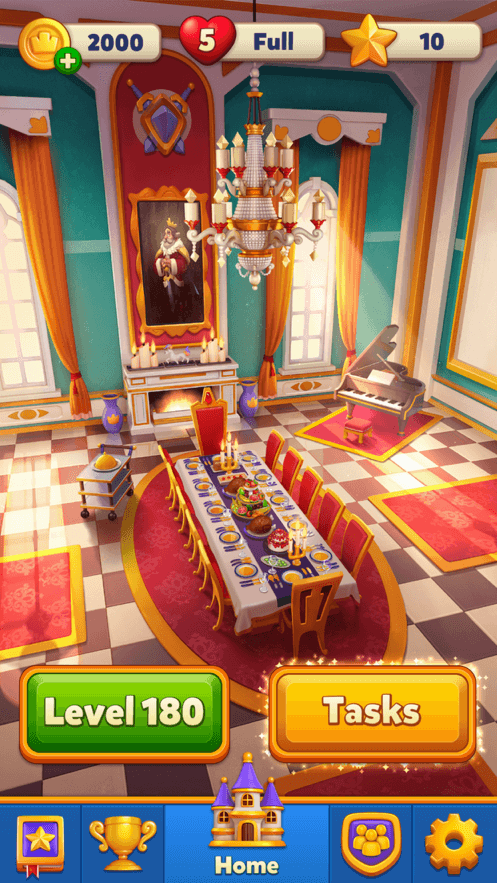I realized that I am turning 15 in the video game industry this year. Not bad, considering that the average time is 7 years. I have doubled the average, and I am satisfied.
There have been times when I haven’t found a job in my industry and I’ve dedicated myself to something else. I have been a QA tester in a cybersecurity company. I was a data scientist at a robotic automation startup. All these experiences have enriched me.
I am very happy that I was able to stay in the industry. Despite the various blows received, I always got up. Thank God I wasn’t too impressed, although I bear the consequences.
Nowadays my job is part of my identity as a person, and I’m not sure that’s always a good thing. Many people work as game designers, I AM a game designer. People appreciate my designs, they always reveal a passion for the projects I am involved in. I have serious difficulties relating to the lack of professionalism, though.
Personal challenges
When I see a roadmap based on “best practices” without reflecting on “whys” and with no connection with the Players of the game, my blood boils.
I can’t accept the use of KPIs as targets, a huge mistake that is very common in the industry. Direct efforts to improve indicators and your game become a means of justifying investments. Not a means to deliver a great playful experience to people. I understand that we talk about KPIs with investors, it is a way of selling. But transferring these discussions to those who have their hands in development is deleterious.
I always think of all references and edge cases and it is an activity that engages my mind a lot even when I am in front of a book in the evening. And if I see the solution being replaced for no reason, I already know that I will spend a sleepless night out of anger.
My love for game design
I love to define everything in detail. In a self-respecting team, some more visionary people manage everything and make decisions. I like to help these people land ideas down. I like to support them in their decisions.
Someone has to do the dirty work! Prepare documents, wireframes, and flows. Square all the numbers in a spreadsheet. They are long and difficult activities. For some, they are also boring. I love doing them! I’m a game designer, it’s not that they pay me to do it. I do it for love!
My goal for the next 5 years is to improve my relationship with the profession. And my next full-time gig should start me in the World of leadership. I have seen a lot of things, now it’s time to take part in the strategy too!
In the meantime, happy anniversary to me!

